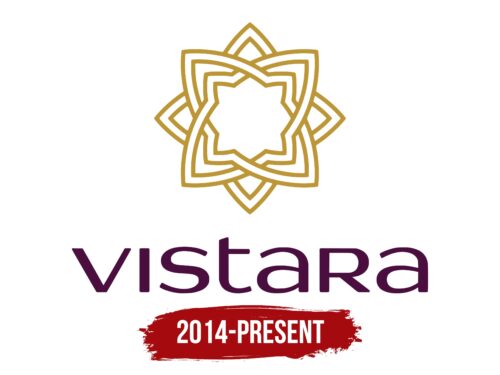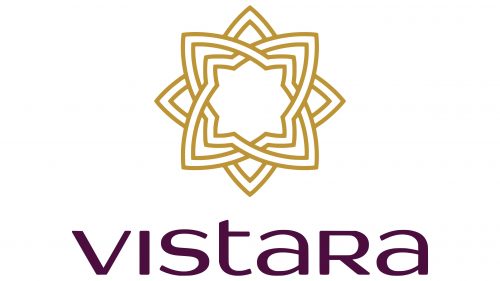Vistara: Brand overview
In 2013, the concept of Vistara emerged from a strategic collaboration between Tata Sons and Singapore Airlines. Both companies recognized the potential in India’s rapidly growing aviation market and aimed to create a new premium airline. With its rich history in aviation, Tata Sons, including the founding of Air India in 1932, partnered with Singapore Airlines to bring this vision to life.
On September 29, 2014, the airline was officially registered as a joint venture, with Tata Sons holding 51% and Singapore Airlines 49%. The name “Vistara,” derived from a Sanskrit word meaning “limitless expanse,” symbolized the airline’s aspirations in the Indian skies. This marked Tata Group’s significant return to the aviation sector after a long hiatus.
The airline’s first commercial flight took off on January 9, 2015, connecting Delhi to Mumbai. Starting with a fleet of two Airbus A320-200 aircraft, the airline offered three service classes: economy, premium economy, and business. This differentiated the new carrier from other Indian airlines, primarily offering only economy class on domestic routes.
Throughout 2016, the airline rapidly expanded its network, introducing new routes across India. The focus was on key business and tourist destinations, aiming to attract both corporate travelers and tourists.
In 2017, the airline continued to grow its fleet by adding new Airbus A320neo aircraft. This expansion enabled an increase in flight frequencies on existing routes and the launch of new ones. By the end of the year, the fleet had grown to 17 aircraft.
Two thousand eighteen, several milestones were celebrated, including carrying the ten millionth passenger and expanding the fleet to 22 aircraft. Plans to begin international operations were announced, setting the stage for global expansion.
On August 6, 2019, the airline launched its first international flight from Delhi to Singapore, marking entry into the international market. Flights to Dubai and Bangkok established an international presence within the same year.
In 2019, an order was placed for six Boeing 787-9 Dreamliners to support long-haul routes. This move underscored ambitions to expand internationally and compete with major global carriers.
Despite the challenges faced by the aviation industry in 2020, the first Boeing 787-9 Dreamliner was delivered in March. This made the airline the first Indian carrier to operate this aircraft type, paving the way for new long-haul travel opportunities.
The airline adapted to 2020’s unprecedented challenges, prioritizing passenger safety and flexible route planning to navigate the aviation industry’s evolving conditions.
Meaning and History
What is Vistara?
This is an Indian full-service airline based in Gurgaon, a joint venture between Tata Sons and Singapore Airlines. The company offers premium and affordable services on a growing network of domestic and international routes, aiming to redefine passenger service standards in the Indian aviation industry. The airline operates a modern fleet of narrow-body aircraft, including Airbus A320 and Boeing 737, with elegantly designed cabins and advanced amenities such as personal entertainment systems and onboard Wi-Fi.
2014 – today
Brand Union and Ray+Keshavan developed the logo when Vistara aimed to establish itself as a premium airline offering high-quality services and comfortable flights. Inspired by the yantra and the compass rose, the logo symbolizes both spiritual aspects and a practical focus on expanding flight geography and providing a wide range of routes.
The logo includes two main elements: text and a graphic symbol. The text “vistara” is in purple, symbolizing calm stability and energetic vibrancy. The company name is derived from the Sanskrit word “vistaar,” which is associated with infinity and vast possibilities, highlighting the airline’s boundless prospects and routes.
The logo’s graphic element is a star inspired by the yantra, a mystical diagram symbolizing the divine energy of the universe. The star comprises interwoven golden lines forming an eight-pointed figure reminiscent of a compass rose. This element emphasizes the airline’s ambition to expand and explore new horizons.
The purple color of the text symbolizes stability and energy, aligning with the brand’s concept of offering comfortable and dynamic flights. The golden lines of the star represent divine energy, quality, and excellence—key traits the airline strives for.





